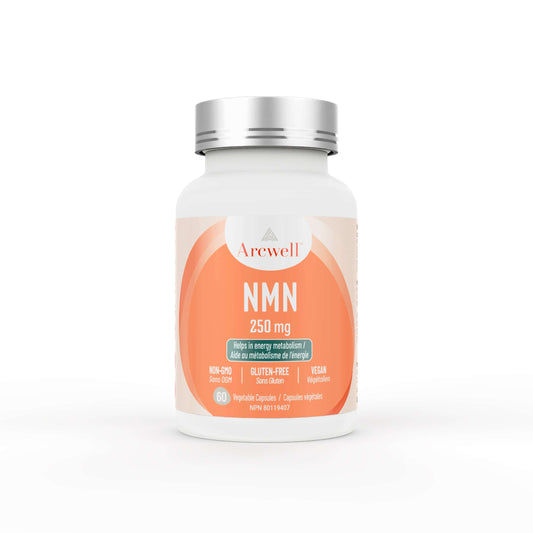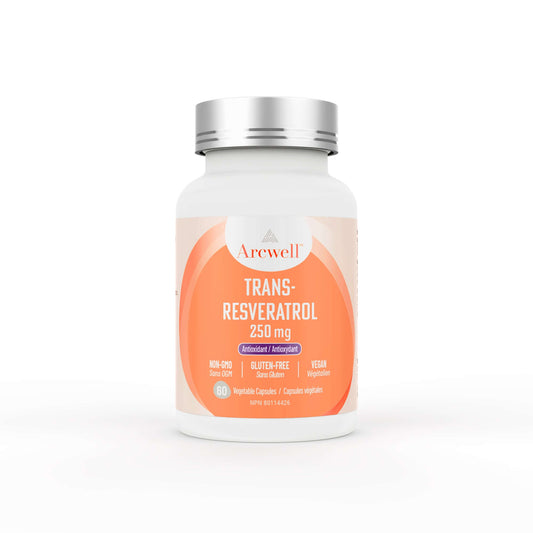There are many health benefits associated with resveratrol including antioxidant, anti-inflammatory, antiproliferative, and antiangiogenic effects, especially recently highlighted in supporting longevity by Harvard Prof. David Sinclair. If you are considering taking resveratrol, make sure you are taking pure trans-resveratrol which is the active form. We here show you the differences between pure trans-Resveratrol and “natural” resveratrol by using a popular analytical technique called high-performance liquid chromatography (HPLC).
To test the purity, we will be using high-performance liquid chromatography, also known as HPLC. To make it simple, HPLC is an analytical technique used to separate, identify, and quantify each component in a mixture of organic compounds with high precision and accuracy.
Here we have two samples from two different companies that I purchased on Amazon. Since it is not our goal to make judgments to any company, but to help you discern what the reliable products are in the market. I will call them Sample A and Sample B. Sample A was dissolved in methanol, filtered, and placed into HPLC equipment to measure its purity. In this type of analysis, the instrument will generate a chroMatogram which is just a fancy name to describe a graph with multiple peaks that can be interpreted as the fingerprint of each molecule existing in your sample. The same procedure was conducted for sample B.
As you can see, sample A is a white powder whereas sample B is a brown powder. When dissolved in methanol, sample A became a transparent solution whereas sample B turned to a reddish-brown solution. After auto-injecting the solution into the HPLC instrument, it normally takes about 20-30 minutes to collect the results based on the developed HPLC method.
Lab Results:
 In sample A, we can see in the chroMatogram: y-axis represents the intensity of absorbance (in units of mAU, or milli-Absorbance Units) whereas the x-axis is in units of time typically minutes and is used to determine the retention time (tR) for each peak. I’m just being over-simplistic here, the retention time is like an ID number of each organic molecule, by using the same method under the same conditions, the sample should retain the same retention time. Sample A here showed an intense and sharp peak with tR at 12.11 minutes, indicating a very pure sample with a purity of 98.8%. The tR of 12.11 min is consistent with the standard pure trans-resveratrol sample.
In sample A, we can see in the chroMatogram: y-axis represents the intensity of absorbance (in units of mAU, or milli-Absorbance Units) whereas the x-axis is in units of time typically minutes and is used to determine the retention time (tR) for each peak. I’m just being over-simplistic here, the retention time is like an ID number of each organic molecule, by using the same method under the same conditions, the sample should retain the same retention time. Sample A here showed an intense and sharp peak with tR at 12.11 minutes, indicating a very pure sample with a purity of 98.8%. The tR of 12.11 min is consistent with the standard pure trans-resveratrol sample.

As for sample B, the chromatogram also showed an intense sharp peak at 12.09 minutes, however, multiple peaks were observed with considerable intensity, making the purity of Sample B only 61.2%. Like I mentioned before, each peak represents individual impurity.
Comparing the two analyses, we can see a huge difference between these two resveratrol products. In my case, I have access to lab instruments which makes it easy for me to test my supplements' purity and chemical contents.
But what about you?!
What can you do to differentiate between a good and a bad resveratrol product if you don’t have access to a chemistry lab?
Here are what you should be doing when buying resveratrol:
- Aim for trans-resveratrol with purity 98% or higher. Pure trans-resveratrol is an- off-white powder while the impure one has a brown color.
- Check the company’s reputation, transparency, and whether the product is manufactured in a GMP-compliant facility.
- Find out if the company can provide the certificate of analysis (CoA) to ensure the quality of your product.





